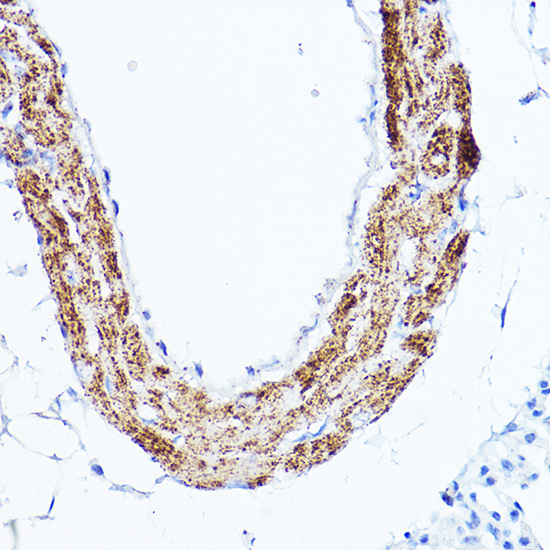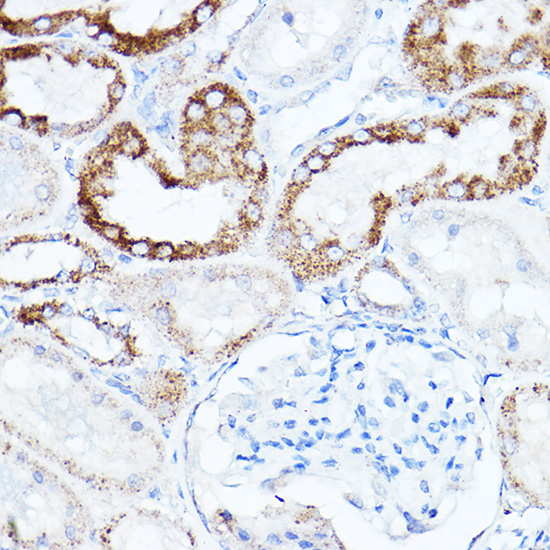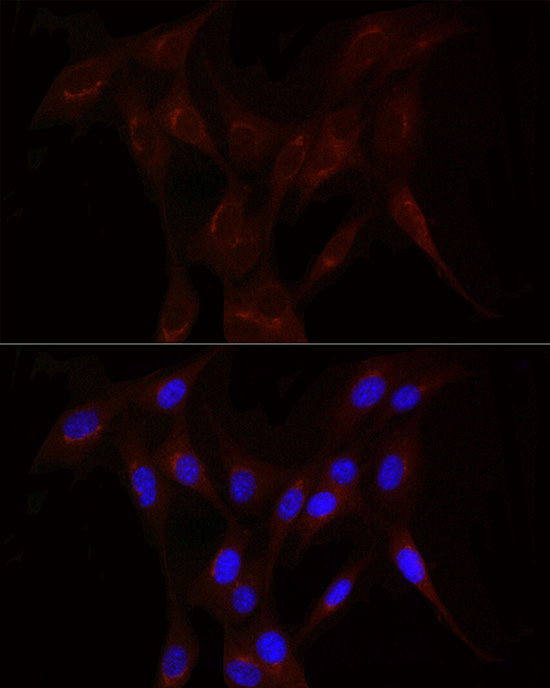LDL Receptor Polyclonal Antibody
For reference only. Please follow the manual included in your kit for instructions.
Catalog Number
RD90349A
Product Name
LDL Receptor Polyclonal Antibody
Catalog Number
RD90349A
Clonality
Polyclonal
Purification Method
Affinity purification
Isotype
IgG
Host
Rabbit
Background
The low density lipoprotein receptor (LDLR) gene family consists of cell surface proteins involved in receptor-mediated endocytosis of specific ligands. Low density lipoprotein (LDL) is normally bound at the cell membrane and taken into the cell ending up in lysosomes where the protein is degraded and the cholesterol is made available for repression of microsomal enzyme 3-hydroxy-3-methylglutaryl coenzyme A (HMG CoA) reductase, the rate-limiting step in cholesterol synthesis. At the same time, a reciprocal stimulation of cholesterol ester synthesis takes place. Mutations in this gene cause the autosomal dominant disorder, familial hypercholesterolemia. Alternate splicing results in multiple transcript variants.
Immunogen Information
Immunogen
A synthetic peptide of human LDL Receptor
Gene ID
3949
Swissprot
P01130
Synonyms
LDLRFHFHCLDLCQ2low-density lipoprotein receptor
Calculated MW
11kDa
Observed MW
Refer to figures
Applications
Reactivity
Human,Mouse,Rat
Tested Applications
IHC,IF
Conjugation
Unconjugated
Dilution
IHC 1:50-1:200,IF 1:50-1:200
Concentration
1mg/mL
Storage Buffer
PBS with 0.05% proclin300,50% glycerol,pH7.3.
Storage Instructions
Store at -20°C Valid for 12 months. Avoid freeze / thaw cycles.


